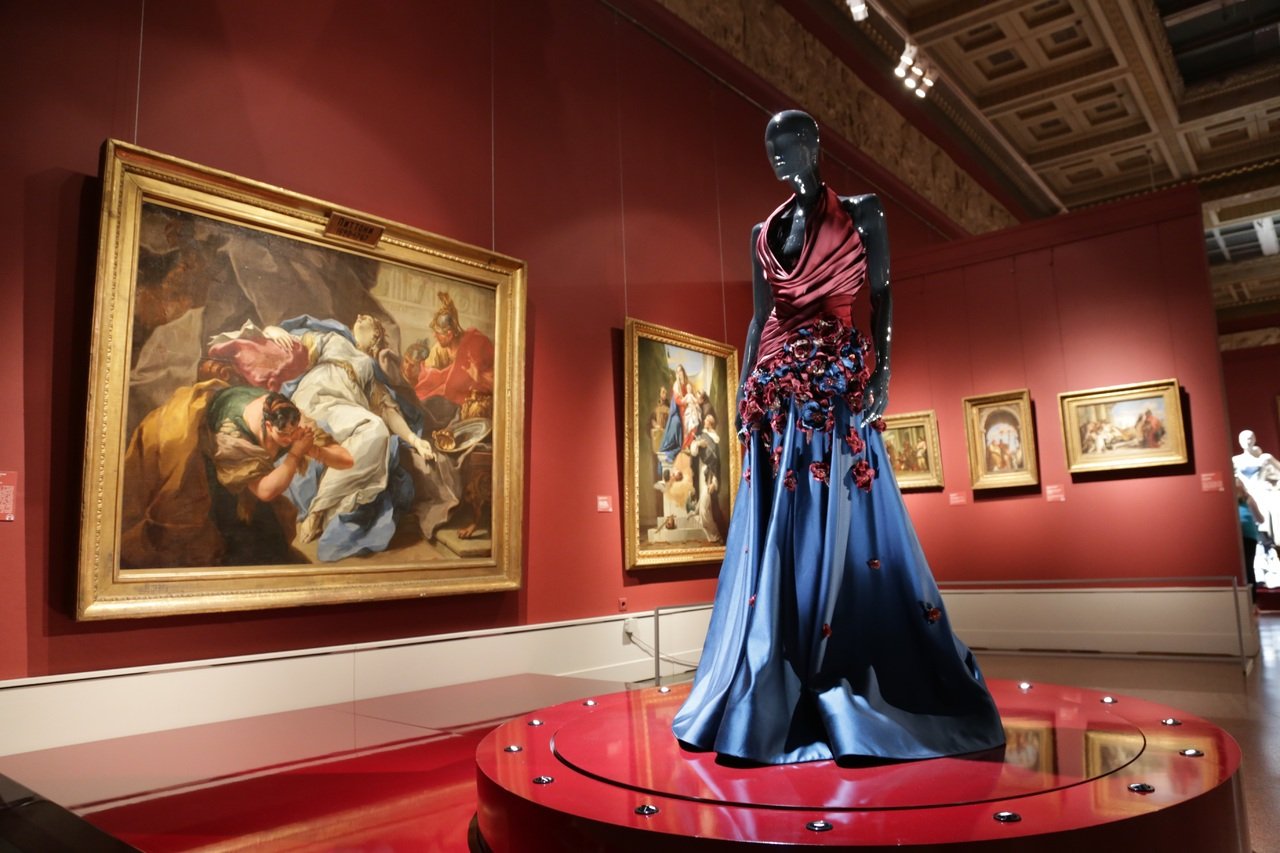Small museums that have helped define New York City’s unique artistic character are moving, changing, or closing due to a challenging economic climate. Last week, the Center for Italian Modern Art ceased operations after more than a decade in Manhattan’s SoHo neighborhood, stating it was seeking a university to take its archive.
In May, Fotografiska New York, an outpost of the global photography museum in Gramercy Park, announced it was looking for a new home and laid off employees, citing economic reasons for its closure notice. In January, the Rubin Museum of Art announced it was selling its Chelsea building and cutting 40% of its staff as it transitions to focus on traveling exhibitions and long-term loans, redefining what a museum can be.
Laura Mattioli, founder of the Center for Italian Modern Art, cited recent financial challenges as the reason for closing. “We were open for about 11 years, but the situation has changed since the pandemic,” said Mattioli, who resides in the same Broome Street building as the museum. “We sometimes spent more on the travel of artworks to and from Italy than the actual value of the artworks themselves.”
Early in the pandemic, a survey by the American Alliance of Museums warned that without assistance from governments and private donors, one-third of cultural institutions in the U.S. might close. Contrary to those stark predictions, most survived lockdowns with federal loans and relaxed restrictions on accessing endowments or selling artworks from their collections. Many also raised entry fees to cover gaps. However, these measures may have merely delayed the inevitable. Over the past few years, attendance levels have dropped, fundraising efforts have slowed, and overhead costs and employee salaries have risen. Many museums are now doing fewer exhibitions each year to save money.
“A third of New York’s museums entered the pandemic in a deficit,” said Erika Sanger, who recently ended her tenure leading the Museum Association of New York. “The expectation that museums have a lot of money is not true for everyone. Smaller and medium-sized institutions have trouble sustaining themselves.”
Cultural institutions have raised alarms. In January, arts executives sent a letter calling for the restoration of $53 million in proposed arts funding cuts, describing any further reductions as “penny-wise and pound-foolish,” noting that arts spending is only a fraction of a percent of the entire city budget. On Thursday evening, the city obliged. Mayor Eric Adams announced a full restoration of funds to both libraries and cultural institutions in the upcoming budget, highlighting their critical role in New York City’s social fabric.
Adrian Benepe, president and chief executive of the Brooklyn Botanic Garden, expressed relief at the funding restoration. “All of us are getting about the same funding from the city we got 15 years ago,” he said, explaining that inflation had increased costs while the share of operating revenue covered by the city had decreased from 30% to 10% in the same period.
A recent survey of museum leaders by the American Alliance of Museums showed that 25% of cultural institutions across the country are dipping into their reserves or endowments to cover operating expenses.
Efforts are underway across the state to study and support museums. Last year, New York lawmakers allocated $1 million for a report on the economic and social impact of cultural institutions. Recently, legislators approved $10 million for the Museum of Innovation and Science in Schenectady to keep it operational and repair its infrastructure.
For some museums, however, help came too late. Mattioli said changes at foundations made it harder for her small institution to apply for grants. After the pandemic and the Black Lives Matter movement, many grant-making organizations appeared to require exhibition proposals to include elements of diversity and inclusion, which was more prevalent in American art than modern Italian art, making it difficult for her museum to compete for funding.
Visitor habits are changing too, she noted. “Would I open CIMA today? I think not,” Mattioli said. “We are closing because there is a change in the way a young person sees artworks compared to people from my generation.”
Michele H. Bogart, an art historian at Stony Brook University, noted that smaller arts organizations often merge with larger institutions, citing the example of the Center for Brooklyn History becoming part of the Brooklyn Public Library system in 2020. “There is something that gets lost,” Bogart said. “All of them contribute to the vitality of the city and offer jobs. But when there is a bust in the economy, it can go away.”
When Fotografiska opened five years ago in a building made famous by Anna Sorokin—the fake heiress known as Anna Delvey who was convicted of swindling the city’s elite—it aimed to create a for-profit museum model with a membership club, restaurant, and bar as alternative revenue streams. However, renting the Flemish Renaissance building at 281 Park Avenue South was costly, involving a 15-year lease with real estate mogul Aby Rosen’s company, RFR Realty. In 2024, the company put the building up for sale for the second time in two years, according to Crain’s.
Two employees, speaking anonymously, said a bump in ticket sales after the museum’s reopening had dipped in recent months. “We came very boldly into one of the densest cultural markets in the world,” said Sophie Wright, executive director of Fotografiska New York. She claimed that nearly 240,000 visitors last year signaled health. “That is a pretty strong performance for a young upstart. But we had to put a lot of marketing behind it to cut through the noise.”
The institution, which has four other locations (including its original site in Stockholm), recently halted plans for new museums in London and Miami. Wright said Fotografiska will find a new home in the city, and a small team will remain employed at the museum. She added that a letter from the director of human resources, indicating the entire staff would be laid off by the end of 2024, was sent in error.
“We are a story of a shift in strategy,” Wright said, “but not a story of the end of something.”
This article by Ayurella Horn-Muller was originally published in The New York Times and is republished here as part of the global journalism collaboration Covering Climate Now.




